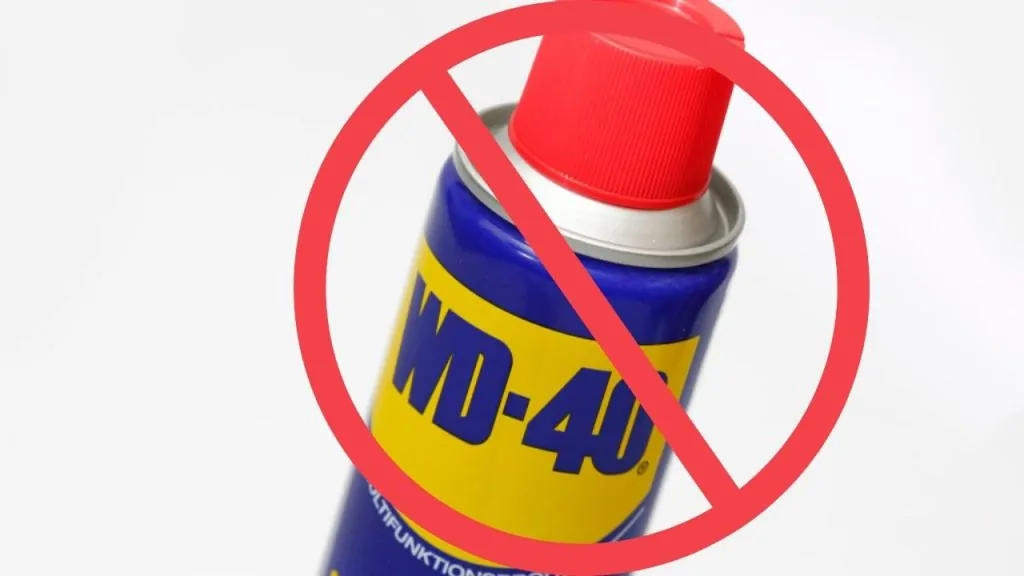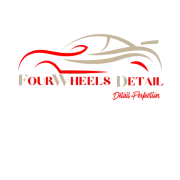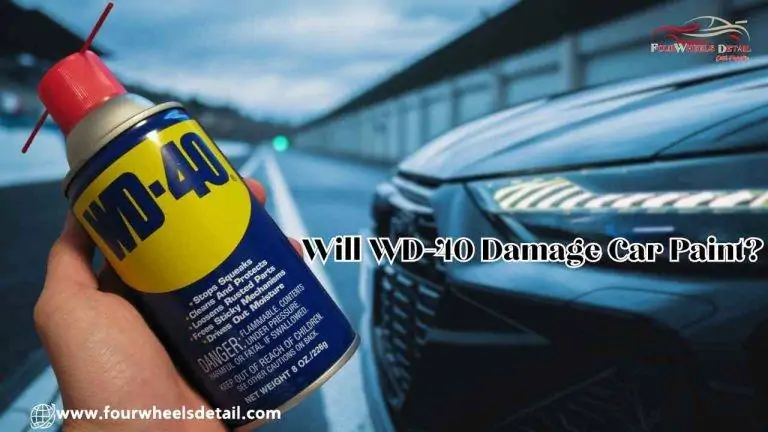Wondering Will WD-40 Damage Car Paint? While WD-40 won’t cause damage under normal use, overuse or prolonged exposure might dull the paint’s shine or affect clear coats over time. Many car owners use WD-40 to remove sticky residue, tar, or bugs, but avoiding direct and excessive application to painted surfaces is key to maintaining a spotless finish. Learn when WD-40 can be beneficial, where not to use it, and alternative products that are safer for paint. Get informed before applying to keep your car’s look intact
Table of Contents
ToggleWhat is WD-40?
WD-40 has become a household staple over the decades. Initially created to prevent corrosion on aerospace equipment, WD-40 is known for its water-displacing (hence “WD”) formula. It works well for lubricating moving parts, preventing rust, and displacing moisture.
Composition and Functions: WD-40 primarily contains mineral oil, hydrocarbons, and carbon dioxide, making it a highly effective lubricant and rust inhibitor.
Common Uses: WD-40 is popular for many maintenance jobs around the car, including loosening rusty bolts, stopping squeaks, and clearing up moisture on metal parts. However, WD-40 was never intended as a general car detailing product, especially for paint care.
Will WD-40 Damage Car Paint?
Direct Application to Paint
So, will WD-40 damage car paint? In short, no—it won’t immediately cause harm, but it does have some potential downsides.
- Risk of Minor Paint Damage with Prolonged Exposure: Over time, using WD-40 on painted surfaces may dull the paint, especially with repeated applications.
- Strips Wax and Protective Coatings: WD-40 can easily dissolve wax or sealant layers on your car, leaving paint unprotected.
- Residue Buildup: WD-40 can leave behind a sticky residue that attracts dirt and grime, leading to a messier appearance over time.
Indirect Application to Rubber and Plastic Components
On the upside, WD-40 is generally safe for rubber and plastic parts in moderation. It’s handy for rubber seals, door hinges, and plastic components. However, to prevent unwanted residue or potential dulling, keep WD-40 away from painted areas when working with rubber and plastic parts.
When You Shouldn’t Use WD-40

Understanding when not to use WD-40 on car paint can save you time and help maintain the car’s finish.
- Prolonged Exposure: While short applications may be safe, avoid letting WD-40 sit on your car paint for long periods.
- Extreme Temperatures: If your car is exposed to intense heat or cold, WD-40 can react differently on paint, possibly resulting in streaking.
- In Combination with Certain Cleaning Products: WD-40 may interact with other car care products, leading to unwanted residue or streaking if not completely removed after application.
Benefits of Using WD-40 on Car Paint (When Needed)
While WD-40 isn’t a primary detailing product, it can have some occasional uses on car paint:
- Removing Adhesive Residues and Tar: It’s excellent for loosening stubborn adhesives or tar stains that standard car soap may struggle with.
- Temporary Protection Against Moisture: WD-40 can offer brief protection from moisture for metal surfaces on your vehicle. Just remember to remove it after use.
Best Practices for Using WD-40 on Cars
If you decide to use WD-40 on or near your car’s paint, follow these steps for safer application:
- Target Specific Areas: Only apply WD-40 to specific areas like hinges, metal parts, or rubber seals. Avoid spraying it directly onto large painted areas.
- Use a Microfiber Cloth: Spray WD-40 onto a microfiber cloth, then apply it to the desired area. This prevents overspray onto paint surfaces.
- Clean Up Immediately: Remove any excess WD-40 with a clean cloth to avoid residue.
- Test First: Always do a spot test on an inconspicuous area to ensure it won’t damage the surface.
Alternatives to WD-40 for Car Maintenance
For safer, more effective options to care for your car paint, consider these alternatives:
- Dedicated Car Care Products: Many cleaners, polishes, and tar removers are specially designed for car paint and won’t strip away wax.
- Silicone Spray for Rubber and Plastic Components: Silicone sprays are a safe alternative for rubber and plastic parts, offering similar moisture-repellent benefits without risking paint dulling.
Frequently Asked Questions (FAQs)
Can WD-40 Be Used on All Car Surfaces?
Generally, WD-40 is safe for metal and rubber parts but should be used with caution on painted surfaces to avoid residue buildup and potential dulling.
Does WD-40 Affect the Clear Coat?
Prolonged use of WD-40 can strip wax and dull the clear coat. It’s best to use it sparingly and remove any excess after application.
How Often Can WD-40 Be Applied Without Damage?
For rubber and metal parts, occasional use is fine. For paint, limit applications and wipe away any excess immediately to avoid buildup.
Are There Better Alternatives Than WD-40?
Yes, for car detailing and paint care, specific products like tar removers, spray wax, and silicone sprays are better suited than WD-40.
Will WD-40 remove scratches in car paint?
No, WD-40 will not actually remove scratches from car paint. It can temporarily reduce the appearance of fine scratches by filling them in, making them less visible, but it doesn’t restore paint or permanently fix scratches. Professional scratch removers or polishing compounds are more effective for lasting results.
Will WD-40 remove adhesive from car paint?
Yes, WD-40 can effectively remove adhesive residues from car paint. Apply it to the adhesive area, let it sit briefly, then wipe it off with a clean, soft cloth. Be sure to clean the area afterward to avoid leaving residue, and use it sparingly on painted surfaces to protect the paint finish.
Final Thoughts: Should You Use WD-40 on Car Paint?
To wrap up, while WD-40 can serve a purpose in car maintenance, it’s not the best choice for caring for car paint long-term. Use it sparingly and in specific cases, such as removing tar or adhesives, and avoid direct applications on paint whenever possible. For most detailing tasks, dedicated car care products will provide a safer, more lasting finish.
If you want to learn more about car cleaning and detailing, you can look more on our website fourwheelsdetail.com

Hi! I’m Harry, With over a decade of experience in car detailing and cleaning, I specialize in restoring vehicles to their pristine best. Passionate about sharing expert tips on fourwheelsdetail.com, I’m here to help readers maintain their cars’ beauty, from paint protection to tackling tough stains.

